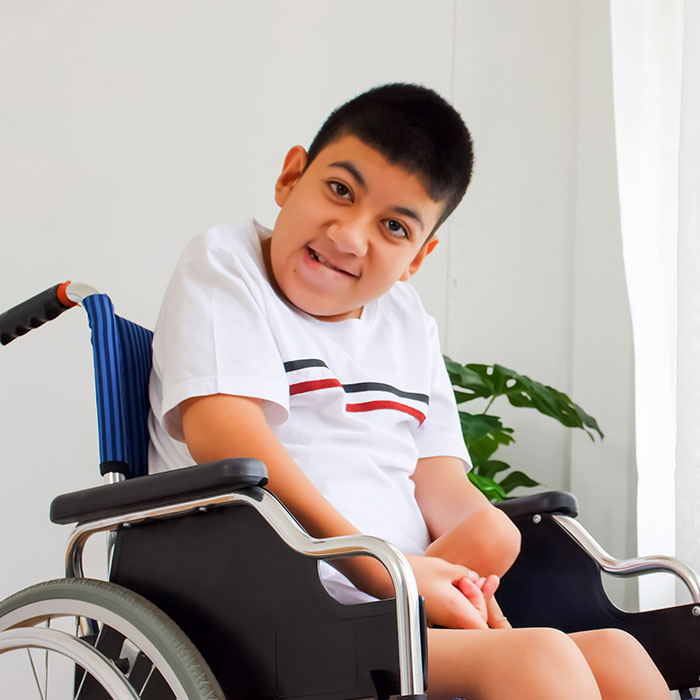
Cerebral Palsy
Cerebral palsy (CP) is a group of disorders that affect a person’s ability to move and maintain balance and posture. CP is the most common motor disability in childhood. CP is caused by damage to or abnormalities inside the developing brain. People living with cerebral palsy can have neurological and musculoskeletal problems that affect posture, sensory perceptions, communication, movement and other functions.
Management of cerebral Palsy
Our skilled therapists can help children learn to walk, communicate and take care of themselves. They can also help the parents / caregivers to learn how to provide therapeutic opportunities for your child at home. Treatment plans are different for everyone and may include :
Therapy : Physical, occupational and speech therapies improve how a child moves, plays and interacts with the world.
Medications : Botulinum toxin (Botox®) injections temporarily weaken the muscles to improve range of motion and stiffness. Muscle-relaxing drugs such as baclofen can help with stiffness and spasms.
Causes of cerebral Palsy
Several types of injuries can damage the parts of the brain that control motor function, including :
Preterm birth
Head injuries
Infections of the brain or spinal cord
Obstructed oxygen flow to the brain
Events that block blood flow to the brain, such as stroke
Heavy metal ingestion
Presentation of cerebral Palsy
Developmental delay
Low Muscle tone
Increased Muscle tone
Difficulty in speaking and swallowing
Preference for one side of the body
